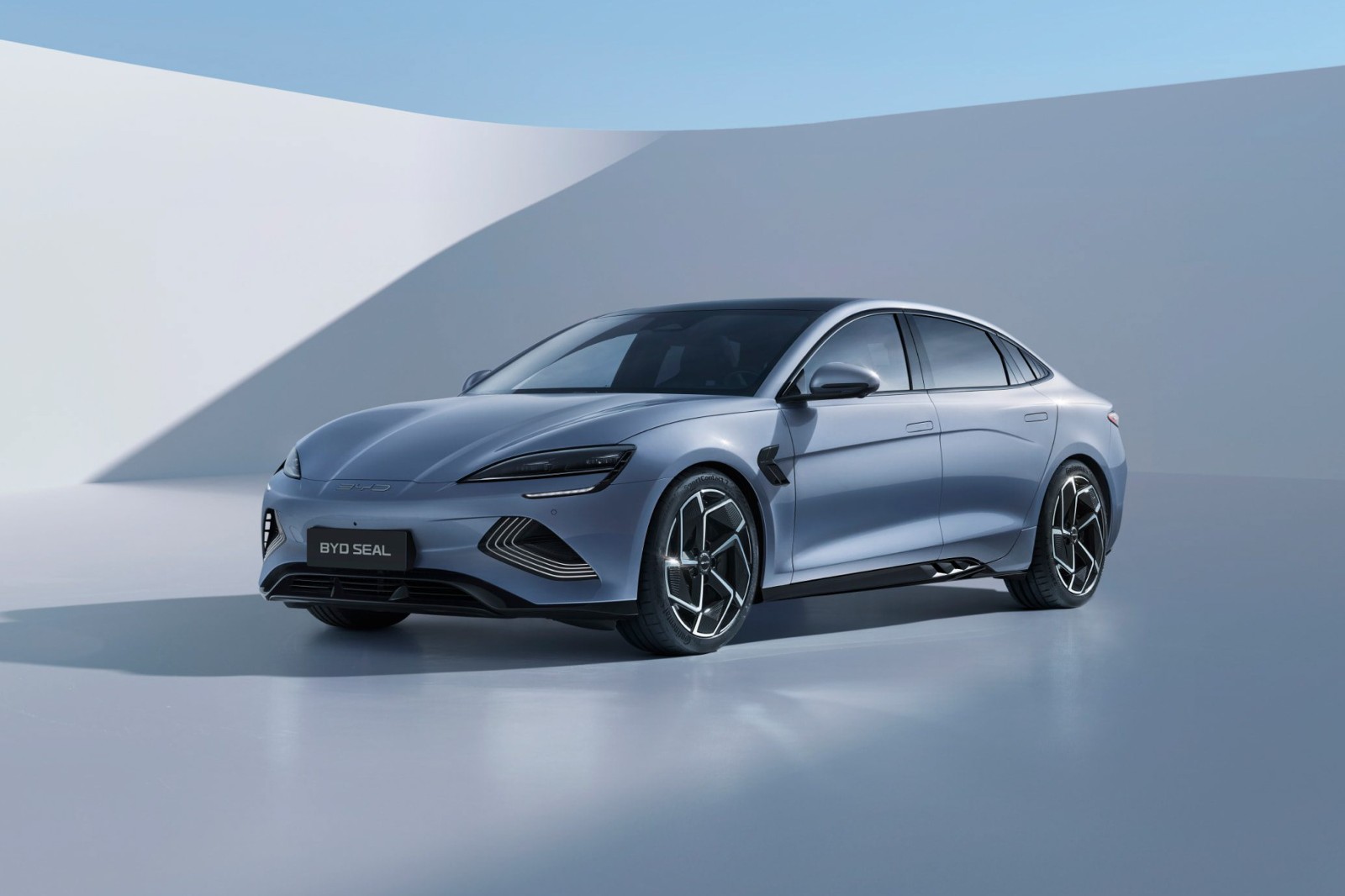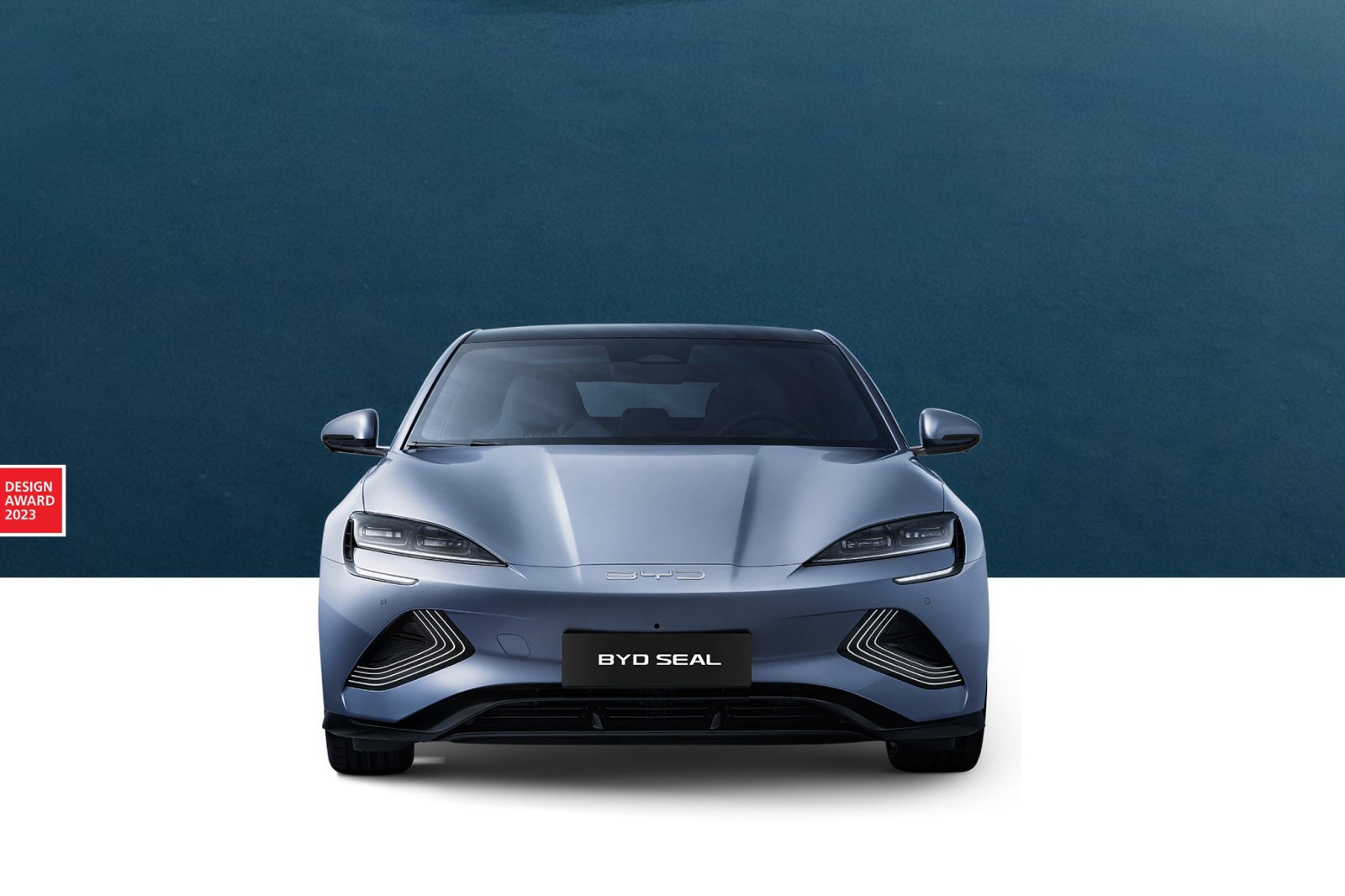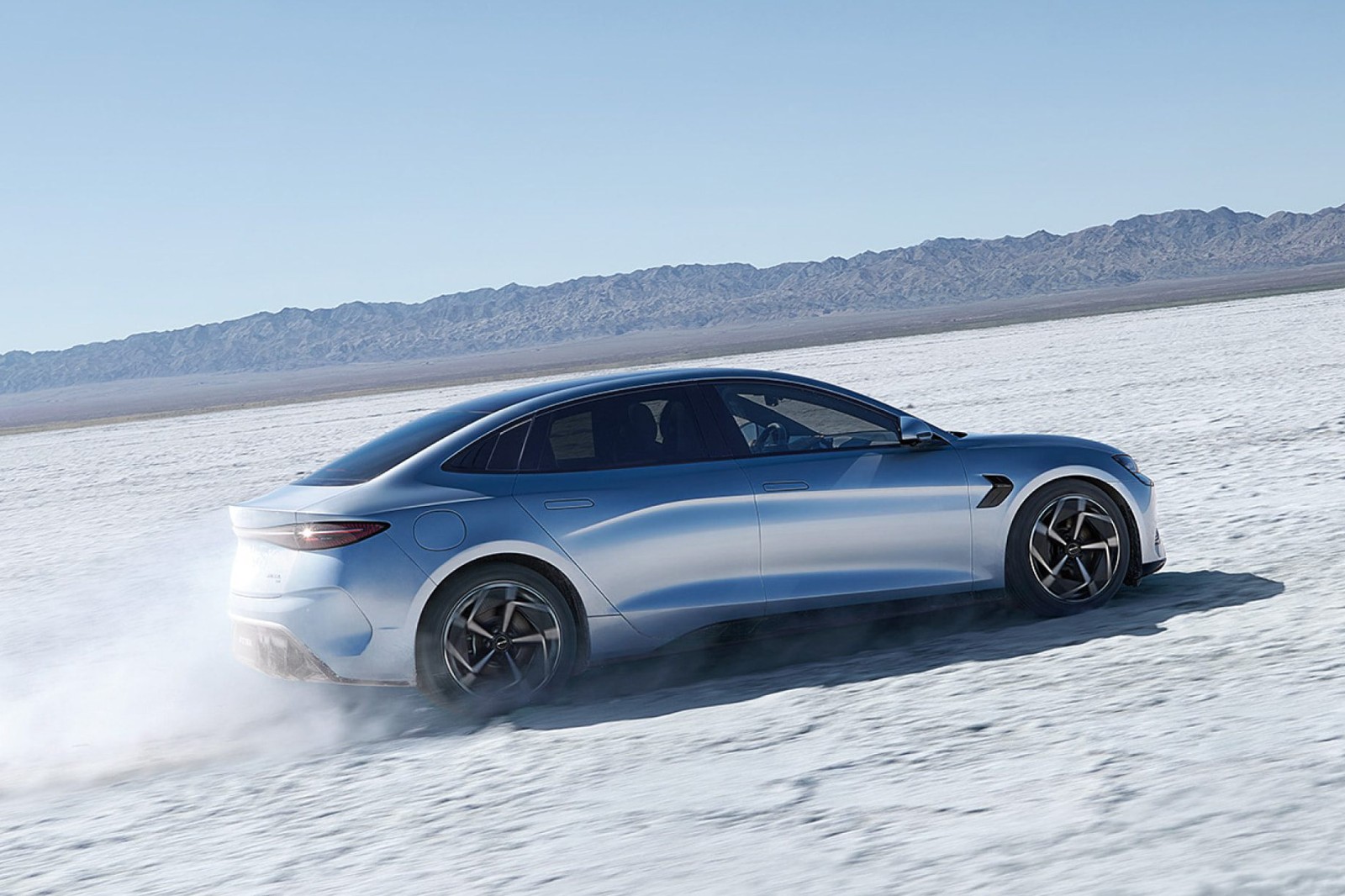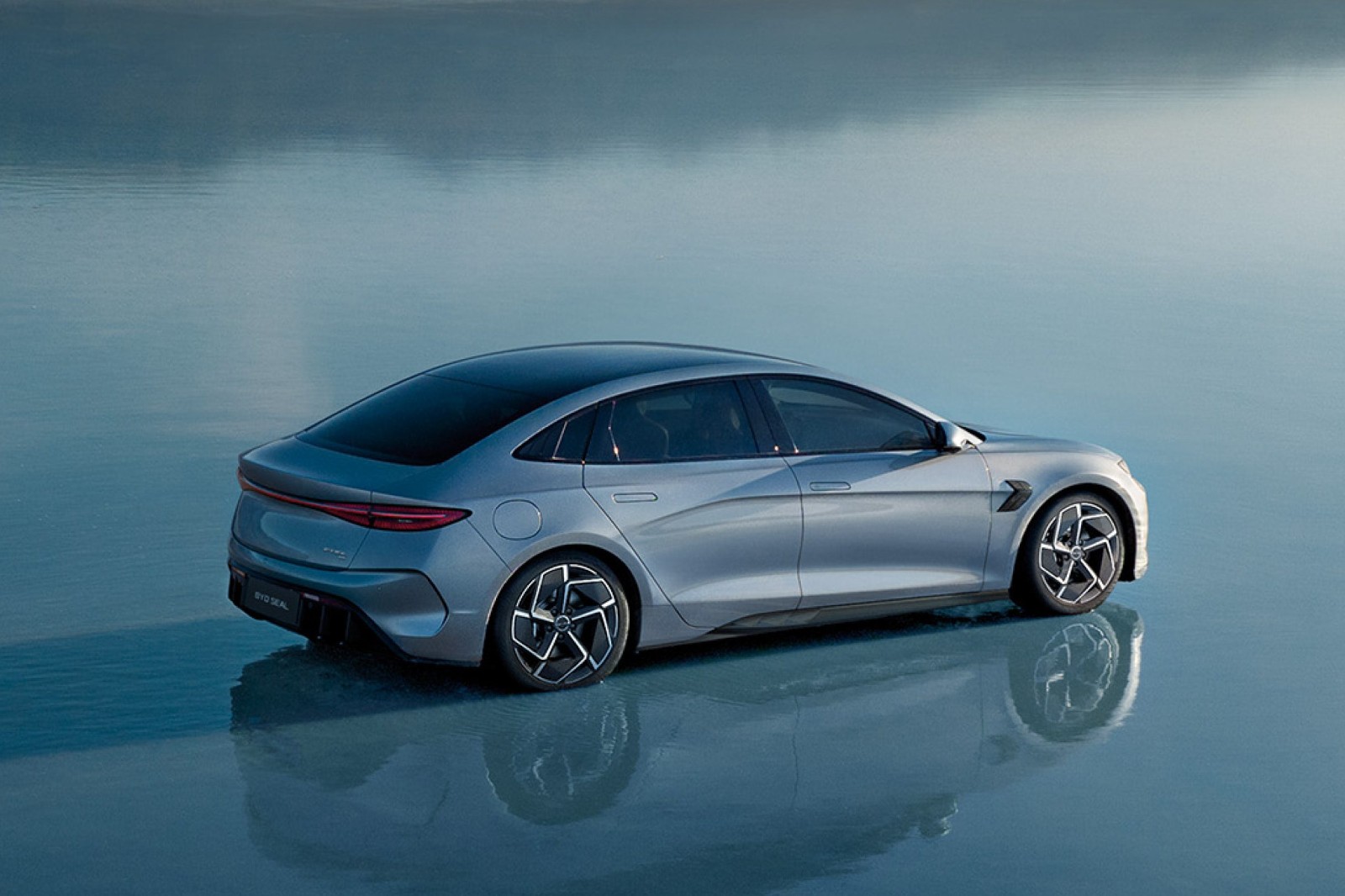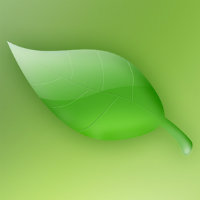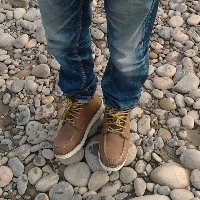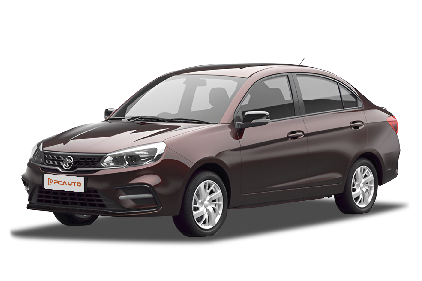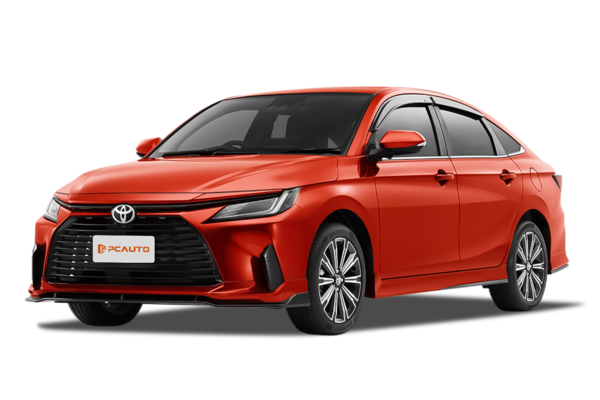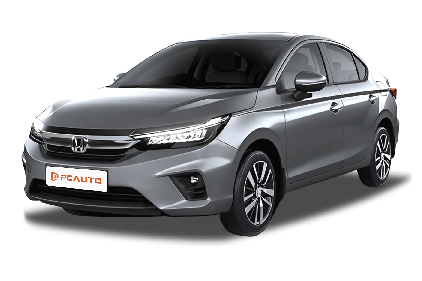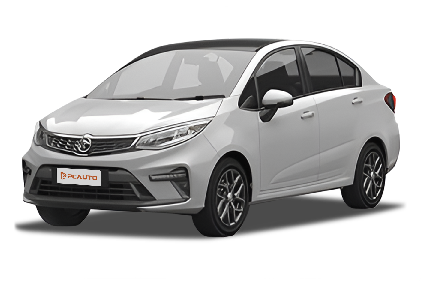Q
What is the most sold electric car in the world 2024?
As of 2024, the world's best-selling electric vehicle is the Tesla Model Y. This ride has won over consumers globally, thanks to its impressive range, cutting-edge autonomous driving tech, and that ever-expanding Supercharger network. It's been particularly killing it in North America, Europe, and Asia. For Malaysian buyers, the Model Y might just be a top contender too. Tesla's been steadily beefing up its presence in Southeast Asia, and that includes rolling out Superchargers in Malaysia. Sure, the local EV scene is still growing, but government support for new energy vehicles—think tax breaks and charging infrastructure pushes—is really helping to drive adoption.
But Tesla isn't the only player in town. Brands like BYD, Hyundai, and Nissan also hold significant chunks of the global EV market. Take the BYD Atto 3 (that's the Yuan PLUS) and Hyundai Ioniq 5, for example—they're gaining traction with their solid value for money and fresh, innovative designs.
For Malaysian consumers eyeing an EV, it pays to weigh factors like range, how easy it is to charge up, after-sales service, and local market support. With tech advancing and policies backing things up, the Malaysian EV market is only going to get more diverse in the years ahead.
Q
What is BYD ranked in the world in 2024?
BYD has solidified its position among the world's top automakers in 2024, with standout performance in the new energy vehicle sector. Industry data shows their sales have cracked the global top three, cementing their status as one of the most influential EV brands around. The secret to BYD's success? Their robust vertical integration – they develop everything in-house, from batteries and motors to electronic control systems. On top of that, they're aggressively expanding overseas, with Southeast Asia (Malaysia included) being a key strategic focus.
For Malaysian buyers, models like the Atto 3 are steadily gaining traction thanks to their strong value proposition and impressive range. Local assembly plans are only set to boost their competitiveness further. A big selling point? BYD's Blade Battery technology, which leads the industry in safety and energy density – a crucial advantage in Malaysia's hot climate.
As the global shift to electrification accelerates, BYD looks primed to grow its market share and roll out more innovative products. If you're a Malaysian considering an EV, make sure to weigh factors like charging infrastructure, warranty policies, and local after-sales support before making your decision.
Q
How much is the BYD Seal in 2024?
The 2024 BYD Seal comes in multiple variants with different price tags. Specifically, the BYD Seal Dynamic EV is priced at RM 163,800, the BYD Seal Premium (Extended Range) goes for RM 179,800, and the top-of-the-line BYD Seal Performance AWD hits RM 199,800. All these are pure electric D-segment sedans, boasting solid range and equipment levels. Let's talk dimensions: they stretch 4,800mm in length, 1,875mm in width, 1,460mm in height, with a 2,920mm wheelbase. There's seating for five, and a 400-liter trunk to boot. Performance-wise, the variants differ quite a bit. The Seal Performance AWD, for example, rockets from 0-100km/h in a claimed 3.8 seconds, while the Seal Dynamic EV does the same sprint in a stated 7.5 seconds. So, buyers can pick the one that best fits their needs.
Q
How many cars has BYD sold in China in 2024?
I haven't been able to track down specific, standalone figures for BYD's sales exclusively in China for 2024 just yet. However, what we do know is that BYD's global sales hit a whopping 4.27 million units last year, with overseas markets contributing 417,204 units. Doing a little back-of-the-envelope math, that roughly puts their China sales at around 3.8528 million units (4.27 million -41.7204 million=3.852796 million).
2024 was an absolutely stellar year for BYD. They didn't just dominate the sales charts in China; they also clinched the title of the world's top-selling new energy vehicle manufacturer. A big part of their success comes down to their multi-brand strategy – think "BYD," "Fang Cheng Bao," "Denza," and "Yangwang" – each catering to different market segments and needs. On top of that, continuous technological innovation, like their "e-platform 3.0 Evo" and "5th Generation DM Technology," has been a major driver propelling those sales numbers ever higher.
Q
What is the best-selling EV in China 2024?
The best-selling electric vehicle in China's market for 2024 is the BYD Song PLUS EV. This model has won widespread favor among consumers thanks to its impressive range, spacious interior, and BYD's accumulated technological expertise in the EV sector. As a leader in China's EV market, BYD boasts a product lineup spanning from entry-level to high-end models, catering to the diverse needs of different consumers. The success of the Song PLUS EV also reflects Chinese consumers' preference for family-friendly electric SUVs.
For Malaysian consumers, while BYD might not enjoy the same level of brand recognition as Japanese or German marques in the local market, the technological prowess and cost-effectiveness advantages of Chinese brands like BYD are becoming increasingly evident as EVs gain global traction. It's plausible that they could carve out a significant presence in Malaysia in the years to come.
The development of electric vehicles doesn't solely rely on the performance of the cars themselves; the improvement of charging infrastructure is also a crucial factor driving their widespread adoption. The Malaysian government has been actively pushing for the implementation of EV-related policies in recent years, including the construction of charging stations and vehicle purchase subsidies. These initiatives will create favorable conditions for the promotion of electric vehicles in Malaysia.
Q
how much is byd seal malaysia?
The BYD SEAL's pricing in Malaysia varies by configuration, with the base model starting at around RM179,800 and the high-performance trim edging close to RM200,000. Keep in mind these figures might shift slightly depending on optional extras or ongoing promotions. What really makes this electric coupe stand out is its e-Platform 3.0 tech, boasting an impressive CLTC range of up to 650km – though real-world numbers will obviously depend on how you drive and the roads you're on. Charging's a breeze too; it can juice up from 30% to 80% in just 30 minutes with fast charging.
Malaysian buyers can take advantage of the government's EV tax incentives, which slash costs by waiving import duties, sales tax, and road tax – a significant saving on the overall ownership bill. When stacked against rivals, the Tesla Model 3 starts at roughly RM189,000 locally, while the Hyundai Ioniq 6 sits in a slightly more premium bracket.
Before making a decision, I'd recommend checking BYD Malaysia's official website for the latest pricing and booking a test drive to get a feel for the Blade Battery's safety and the smart driving assist features. Don't forget to chat with authorized dealers about local perks too, like subsidies for home charger installations.
Q
how to open byd seal charging port
To open the charging port of the BYD Seal, here's how you'd typically do it: First, make sure the vehicle is unlocked. Then, gently press the physical button on the right side of the charging port cover, and it'll pop open automatically. If you're using the remote key, holding down the charging button for about 2 seconds also works to open it remotely. Some models even let you tap the "Open Charging Port" option in the energy management interface on the in-car infotainment screen.
For Malaysian users, keep in mind the local humid climate—regularly check the charging port's sealing to prevent rainwater from seeping in. Also, BYD's charging network in Malaysia is compatible with the CCS2 standard, so it's a good idea to confirm compatibility before using public charging stations.
What's more, the Seal's battery thermal management system is built to handle tropical conditions. In fast-charging mode, it can get to 80% in around 30 minutes, but for daily use, AC slow charging is recommended to extend battery lifespan. If you ever run into issues where the charging port won't open, try restarting the infotainment system or reach out to BYD Malaysia's authorized service centers for technical support.
Q
how to start byd seal
Starting up the BYD Seal is a total breeze. First off, make sure the car's unlocked—just hop in with your smart key. Hit the brake pedal, and you'll see the instrument cluster light up. Then, press the start button, and she's good to go. If you're rolling with the all-electric version, there's barely a sound when it fires up, and unlike gas cars, there's zero warm-up time needed.
For our Malaysian friends, here's a heads-up: the Seal comes with remote start and pre-cooling via the phone app. Trust me, that's a game-changer on those scorching hot days. On top of that, it's built on BYD's e-Platform 3.0 and packed with their Blade Battery, so safety's top-tier, and the range? Seriously impressive—perfect for those longer drives around Malaysia.
Once you're up and running, new owners should take a minute to mess around with the infotainment settings. Things like switching drive modes (ECO, NORMAL, SPORT) and tweaking the regenerative braking strength—these little adjustments can really dial in your driving feel and help save some juice. Oh, and don't sleep on the V2L external discharge feature! It lets you power up gadgets when you're out and about, which is gonna be a hit for camping trips or backyard gatherings here in Malaysia.
All in all, firing up and using the BYD Seal is super straightforward. But what really sells it is the smart tech and handy features that make daily driving not just easier, but way more fun too.
Q
how much is byd seal in china
In the Chinese market, the BYD Seal is priced between approximately RMB 180,000 and RMB 280,000, with specific prices varying depending on regional preferential policies and optional configurations. Positioned as a mid - size electric sedan, it's built on BYD's e - Platform 3.0, offering both rear - wheel drive and all - wheel drive versions. The CLTC range tops out at 700 kilometers, and it comes equipped with Blade Battery technology, balancing safety and energy efficiency. For Malaysian consumers, if the Seal makes its way to the local market in the future, its price is likely to be adjusted due to factors such as import duties, transportation costs, and possible local assembly. However, BYD has been actively expanding its footprint in Southeast Asia, with right - hand drive models already rolling off the production lines in neighboring countries like Thailand. So, if the Seal does land in Malaysia, its pricing will probably reference regional market strategies. It's worth highlighting that the Seal's acceleration performance – the all - wheel drive version clocks 0 - 100km/h in around 3.8 seconds – and intelligent features like DiPilot driver assistance give it a competitive edge against the Tesla Model 3 in international markets. Additionally, BYD's vertical integration capabilities, by developing its own motors, motor controllers, and batteries, help keep costs in check, which could be a potential advantage for Southeast Asian consumers who value cost - effectiveness.
Q
how to open byd seal frunk
To open the frunk of the BYD Seal, first make sure the vehicle is unlocked, then head to the front of the car. Look under the front bumper near the BYD logo—there's a hidden physical button or touch-sensitive area there. A quick press or tap will pop the frunk lid open automatically. If you're doing this for the first time and feeling a bit unsure, the owner's manual has clear diagrams to guide you through it.
For our Malaysian drivers, keep in mind that the local hot and humid weather can sometimes affect the sensitivity of electronic components. It's a good idea to regularly check the button contacts for oxidation or dust buildup. As a pure electric vehicle, the Seal's frunk really takes advantage of the space freed up by ditching the traditional engine, so you'll typically get more storage room than in a conventional petrol car. It's perfect for stashing charging cables or small bags.
If you ever run into trouble getting it open, try using the vehicle control menu on the in-car infotainment screen to unlock it electronically. Another thing to check is the 12V auxiliary battery—since some electric unlocking features rely on the low-voltage power system, a flat battery here could be the culprit. Getting to grips with these little details not only makes your daily drives more convenient but also helps Malaysian owners adapt to how EVs like the Seal approach storage space differently compared to petrol-powered cars.
